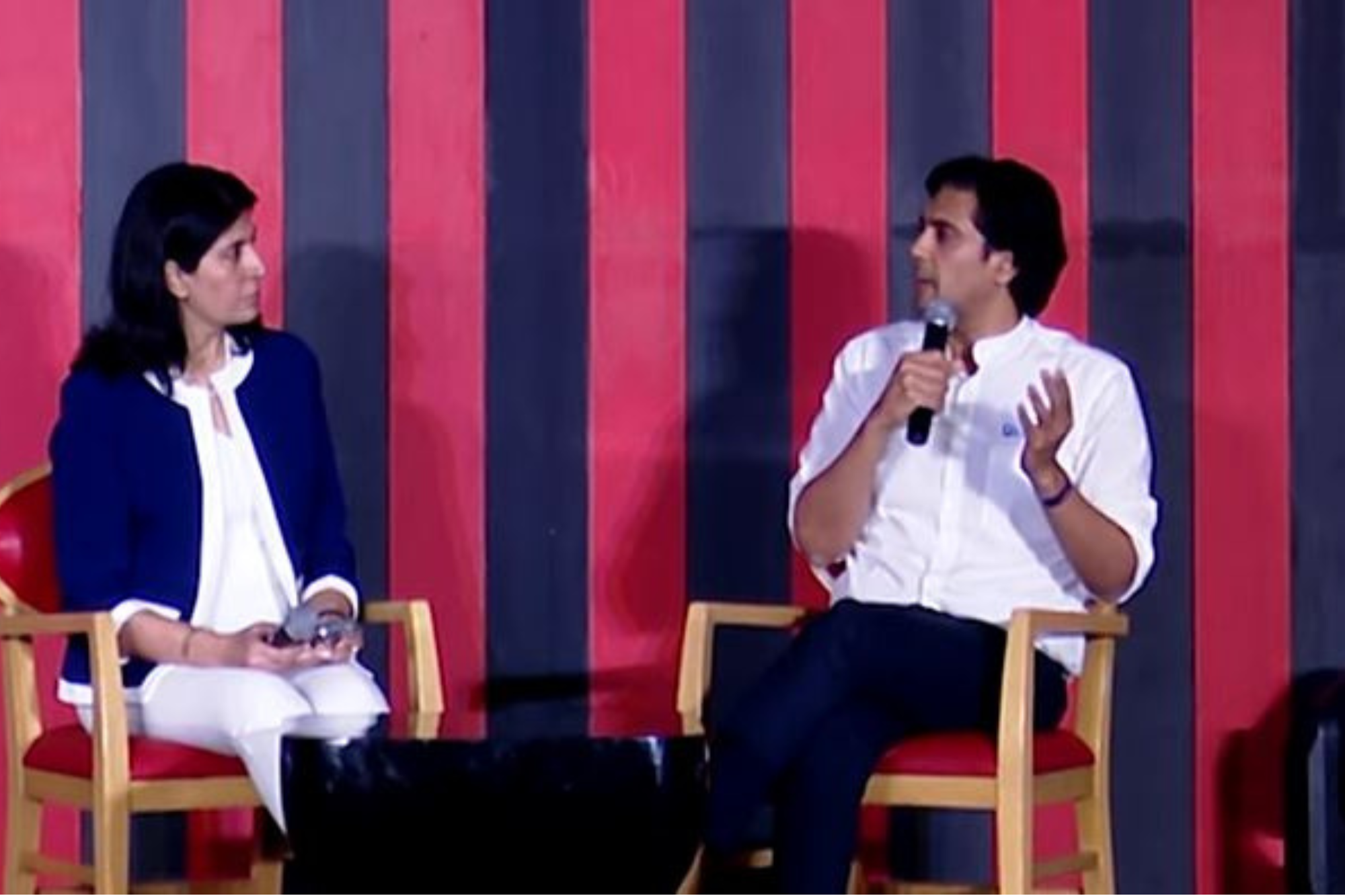How IRCTC's Twitter Work is So Good: An Inside Look From snacks to hungry school children to helping a heart attack patient out, IRCTC has stepped up its Twitter game!
By Rustam Singh •
Opinions expressed by Entrepreneur contributors are their own.
You're reading Entrepreneur India, an international franchise of Entrepreneur Media.

Despite being one of the worst coded websites of all time, and ironically still attracting one of their largest number of daily visitors, IRCTC or the Indian Railway Catering and Tourism Corporation website attracts a lot of humor and hate for the way their website is designed. It is slow, filled with glitches, has captcha at every step even when it's unnecessary, and limited payment methods. Of course, this has changed over the years and now the website claims to be a lot better with larger servers, something called "premium Tatkal" which has enabled trains to cost more money than ever thought before, and now included PayTM integration as a payment method, which are great steps. But the most surprising movement has been courtesy of India's Railway minister himself, Suresh Prabhu, who has demonstrated that even old-school, government employees in India can utilize the power of social media to benefit the country under "Digital India". Suresh Prabhu has demonstrated that social media is not just limited to millennials and modern start-ups anymore.
The Success
An interaction with Ravinesh Kumar, Executive Director (Public Grievances) of the Indian Railways reveals how the phenomenal response rate of Indian Railway's Twitter teams has happened. Ravinesh Kumar claims the whole idea started when Suresh Prabhu started tweeting using his own personal Twitter handle, around April 2015. Eventually, the Indian Railways had their own Twitter handle where they encouraged users to tweet directly to them regarding any matter that needs attention. This has been applauded by major media labels, independent citizens and social media phenomenally to be a great success.
Problems that had to be dealt with:
Lack of knowledge on how social media works
Almost entirely in the railways department, nobody knew how social media works. They needed to not only be taught from scratch but also trained with internet lingo, style, response timing and technical aspects of Twitter.
There was just too much traffic
With more than 8000 tweets every day, the web traffic was far too much for it to be handled by anyone. This encouraged Railways to use advance software that automatically categorizes tweets on the basis of urgency and importance on some keywords.
How they did it:
- First, tweets were categorized on the basis of whether it is actionable or not, that is, whether it requires action or is spam, troll, irrelevant, feedback or suggestive.
- Next, urgent tweets were categorized on the basis of medical emergency – whether you need immediate medical aid or if there's a risk of loss of life, limb or possessions.
- Then each issue is allotted to a dedicated staff member who gets it allotted to a staff member with a token number and necessary response rate timing.
- Finally, the operator/admin transfers the issue to the nearest station master or staff member on the train who takes action immediately.
With work around times being ridiculously fast (around 30-35 minutes!), the Indian Railways remain one of the most effective utilizations of Digital India taking practice outside textbooks in the practical world, that too for an old government service as large as the railways.
What the railways gained:
- With the constant supply of data, railways were able to pin-point exact locations that are theft prone and deploy more security checks and arrangements in those areas.
- Feedback regarding food, cleanliness and accuracy work great in improving services.
- Publicity gained from self-promotion by users saves money required for advertisements by the railways over the free platform of Twitter.
- More effective delivery of services as the direct feedback and communications made the process easier and more streamlined.
- Higher accountability and lesser corruption because with the possibility of taking action in less than an hour, operators and staff are aware of the consequences of procrastination or deviating from their job.
What do you think of the revamp and efficiency of Twitter based actions of the Indian railways? Share your experience with the Indian railways on our official Facebook page Entrepreneur India












